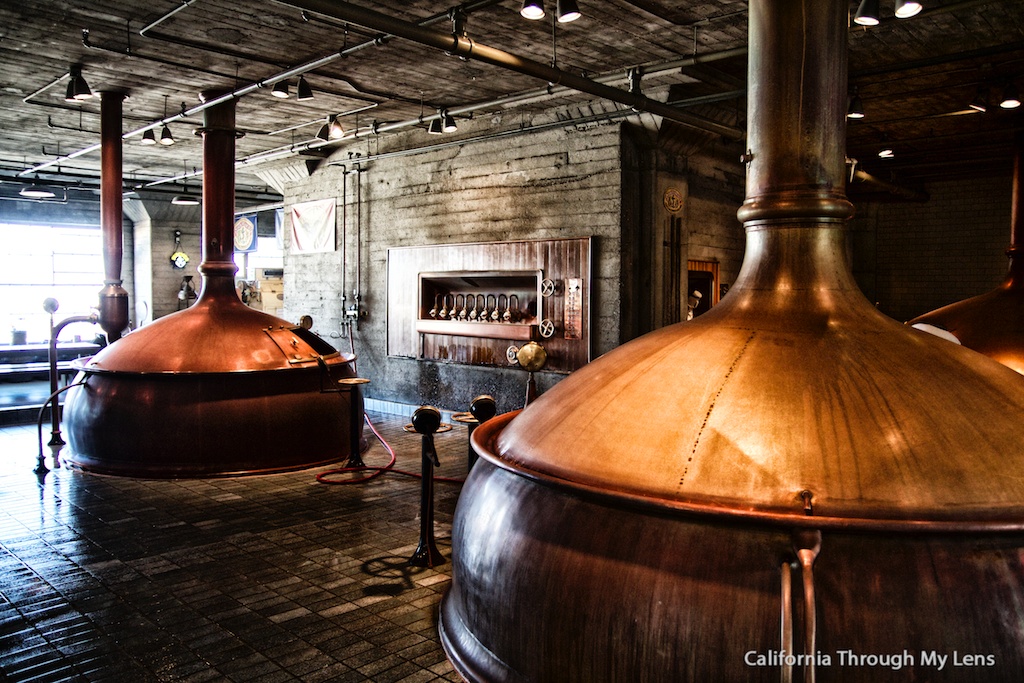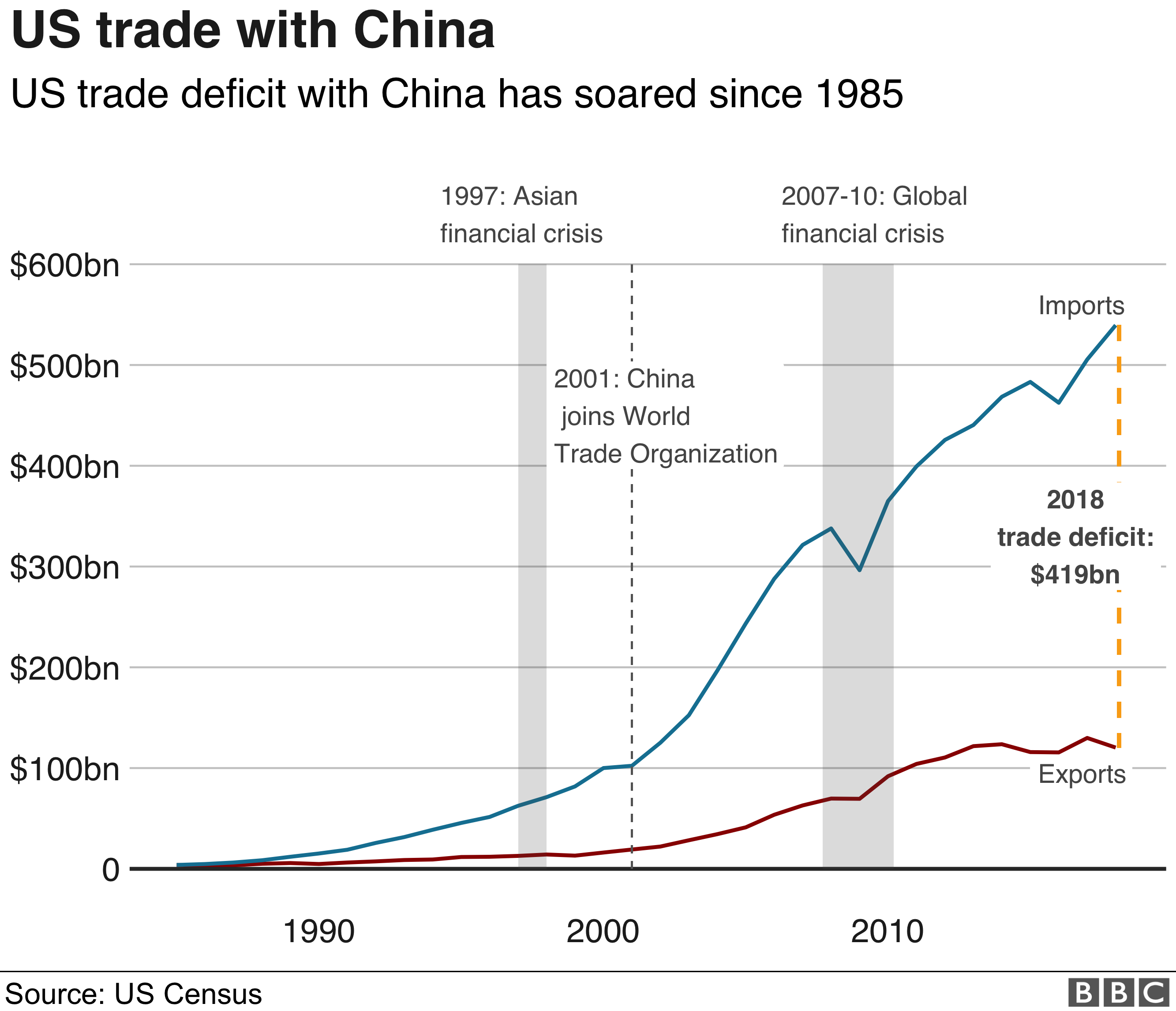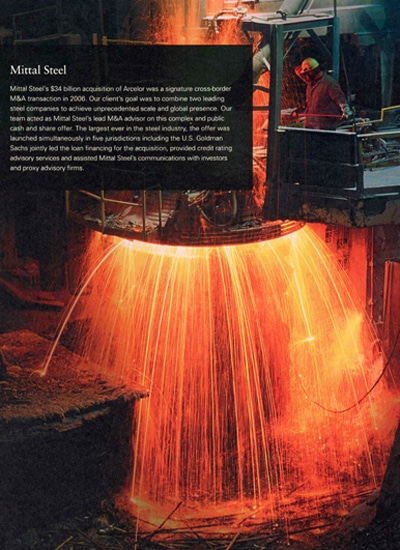The Demise Of Anchor Brewing Company: What Went Wrong?

Table of Contents
Changing Consumer Preferences and the Craft Beer Boom
The craft beer market exploded in recent years, leading to intense competition and a saturated market. Anchor Brewing, while a legacy brand, struggled to keep pace with this rapidly evolving landscape.
-
The Rise of New Craft Breweries: The number of craft breweries in the US skyrocketed, leading to a dramatically increased variety of beers and brewing styles. Competitors like Sierra Nevada, Dogfish Head, and many smaller, regional breweries, quickly gained market share with innovative brews and targeted marketing. This intense craft brewery competition left Anchor struggling to maintain its relevance.
-
Shifting Consumer Tastes: Consumer preferences shifted dramatically. The once-dominant styles favored by Anchor found themselves eclipsed by the rising popularity of IPAs, sours, and other innovative beer trends. Anchor's slower response to these evolving consumer preferences resulted in a decline in market share. While they attempted new releases, they often failed to capture the attention of the increasingly discerning craft beer drinker. For example, some of their attempts at trendy styles were criticized as lacking the same innovative flair and quality found in competitors' products. The demand for specific styles and flavors simply outpaced Anchor’s ability to adapt.
Management and Strategic Decisions
Anchor Brewing's struggles weren't solely due to external factors. Internal strategies and decisions also played a significant role in its decline.
-
Lack of Innovation and Marketing: Anchor Brewing's marketing efforts often lagged behind those of its competitors. While the brand held historical significance, its marketing campaigns failed to effectively connect with younger generations of craft beer drinkers. The lack of new product launches and insufficient investment in product innovation further contributed to its struggles. Many felt Anchor rested on its laurels, failing to capitalize on opportunities to expand its product line and target new consumer segments.
-
Ownership Changes and Internal Issues: The acquisition by Sapporo Holdings, a Japanese brewing giant, in 2017, marked a significant turning point. While the initial intention may have been to leverage Sapporo's resources, the subsequent changes in management and brand strategy arguably hampered Anchor's ability to navigate the competitive landscape. Reports of internal conflicts and a shift away from Anchor's traditional brewing methods further exacerbated the situation. The Sapporo acquisition, while intended to provide support, ultimately seems to have introduced instability and a disconnect from the brand's core values.
Economic Factors and Market Challenges
Beyond consumer preferences and management decisions, broader economic factors significantly impacted Anchor Brewing Company's profitability.
-
Rising Production Costs: The brewing industry faces increasing costs for raw materials like hops and barley, labor, and distribution. These rising brewing costs squeezed profit margins, making it harder for Anchor to compete on price while maintaining its quality. Supply chain issues and increased transportation costs further contributed to these economic pressures.
-
Economic Downturns and Consumer Spending: Economic downturns can significantly impact consumer spending habits, and the craft beer market is not immune. During periods of economic uncertainty, consumers may cut back on discretionary spending, including premium craft beers, further impacting sales and revenue. This directly affected Anchor's sales during periods of lower consumer spending.
Conclusion
The decline of the Anchor Brewing Company is a complex story, resulting from a confluence of factors. The inability to adapt to changing beer trends and the rise of competitors, coupled with internal strategic challenges and broader economic pressures, contributed to its eventual sale. The key takeaways highlight the importance of adapting to shifting consumer preferences, investing in innovative product development and marketing, and maintaining a strong internal structure to navigate a highly competitive market. Understanding the demise of Anchor Brewing Company serves as a cautionary tale for other established breweries. Learn from their challenges and explore the ever-evolving world of craft beer. The legacy of Anchor Brewing should serve as a reminder of the importance of agility and adaptation in a dynamic industry.

Featured Posts
-
 New Musical Collaboration Jeff Goldblum Ariana Grande And The Mildred Snitzer Orchestra On I Dont Know Why I Just Do
Apr 29, 2025
New Musical Collaboration Jeff Goldblum Ariana Grande And The Mildred Snitzer Orchestra On I Dont Know Why I Just Do
Apr 29, 2025 -
 Analyzing The Economic Impact Of Trumps China Tariffs Inflation And Supply Chain Disruptions
Apr 29, 2025
Analyzing The Economic Impact Of Trumps China Tariffs Inflation And Supply Chain Disruptions
Apr 29, 2025 -
 Exclusive How Goldman Sachs Advises Countries On Trumps Tariff Policies
Apr 29, 2025
Exclusive How Goldman Sachs Advises Countries On Trumps Tariff Policies
Apr 29, 2025 -
 In Depth One Plus 13 R Review A Pixel 7a Alternative
Apr 29, 2025
In Depth One Plus 13 R Review A Pixel 7a Alternative
Apr 29, 2025 -
 Tragedy At North Carolina University Shooting Leaves Seven Casualties
Apr 29, 2025
Tragedy At North Carolina University Shooting Leaves Seven Casualties
Apr 29, 2025
